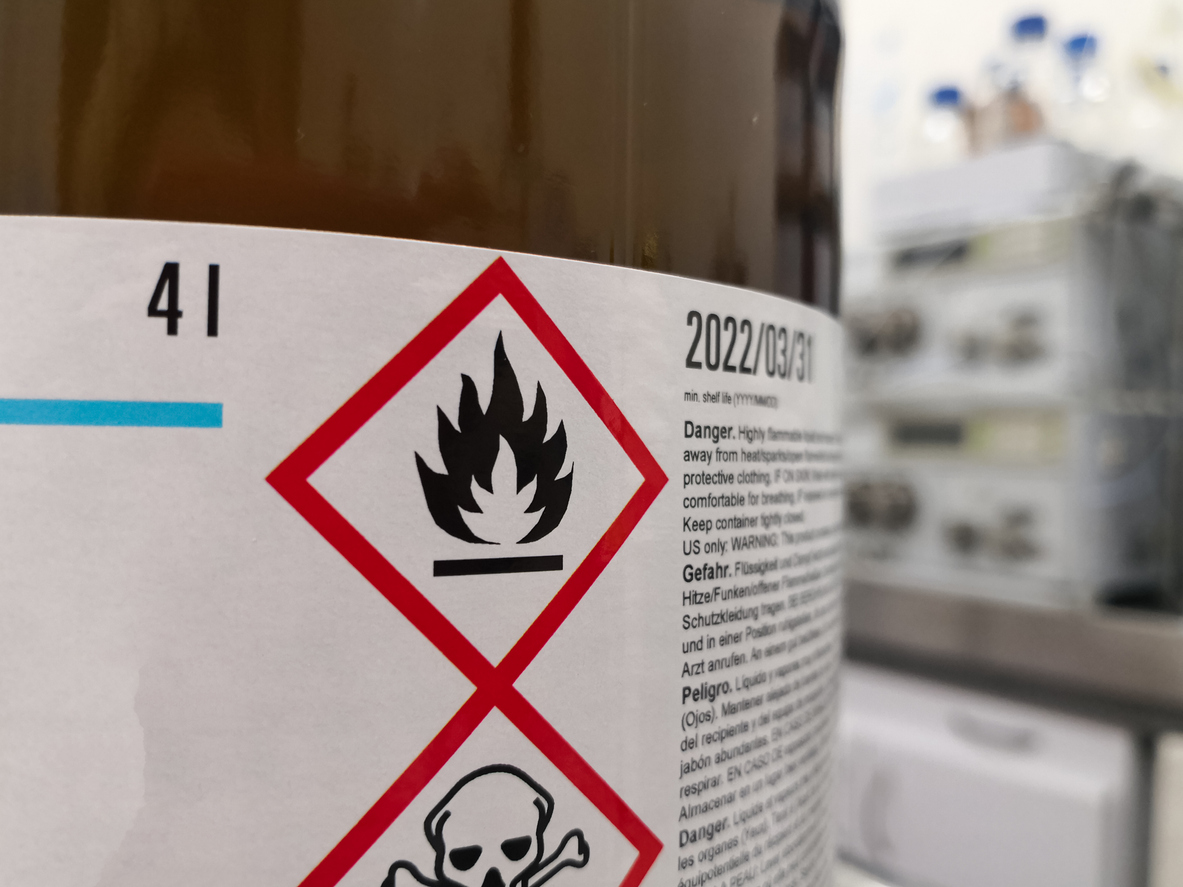

We may earn revenue from the products available on this page and participate in affiliate programs. Learn More ›
Every year, there is a growing awareness of the impact that some everyday products have on our health and the environment. Because of this, bans and restrictions have been put into place by federal, state, and local government bodies in order to protect our ecosystem and keep us safe.
Keep reading to find out the reasons for bans, the implications, and the alternative solutions that are available to consumers for products that range from common kitchen products to tools used in many backyards. For specific details on these bans or other recalls, consult your local, regional, or state authorities.
RELATED: The 30 Best Eco-Friendly Products
1. Gas Stoves

In 2023, discourse ramped up around gas stoves after a U.S. Consumer Product Safety Commission ban was proposed. Using natural gas in the home creates carbon emissions and decreases air quality, so lawmakers debated whether banning the installation of gas stoves in new construction would be beneficial.
While the U.S. House of Representatives has passed a bill to block a national ban, and no statewide bans currently exist, it’s still prudent to prepare for potential future restrictions. While cooking on a gas range has a number of benefits, electric and induction ranges offer their own advantages and are better for the environment.
RELATED: What’s the Difference? Induction vs. Gas and Electric Stoves
2. Gas-Powered Lawn Tools
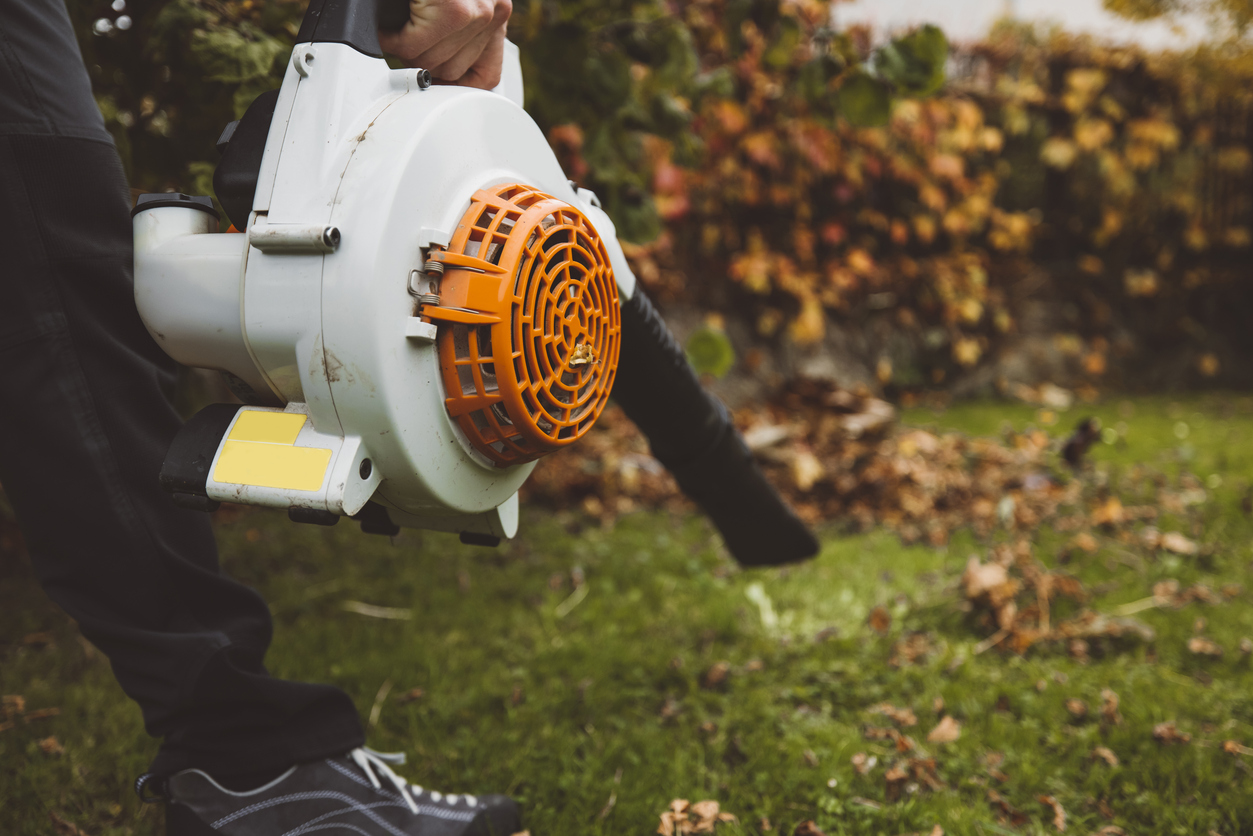
Several cities and states are moving towards banning gas-powered landscaping tools, like leaf blowers and lawn mowers, because of their contributions to carbon emissions. These tools have an even more dramatic effect on the environment than gas-powered cars, with an hour of operating a gas-powered leaf blower equalling the emissions of an 1,100-mile drive.
California is leading this effort with a statewide ban set to take effect in 2024. The aim of the ban is to reduce air pollution and promote the use of electric- or battery-powered power tools, which are quieter and more environmentally-friendly.
RELATED: Will Switching to All Battery-Powered Lawn Equipment Affect My Electric Bill?
3. Synthetic Turf Grass
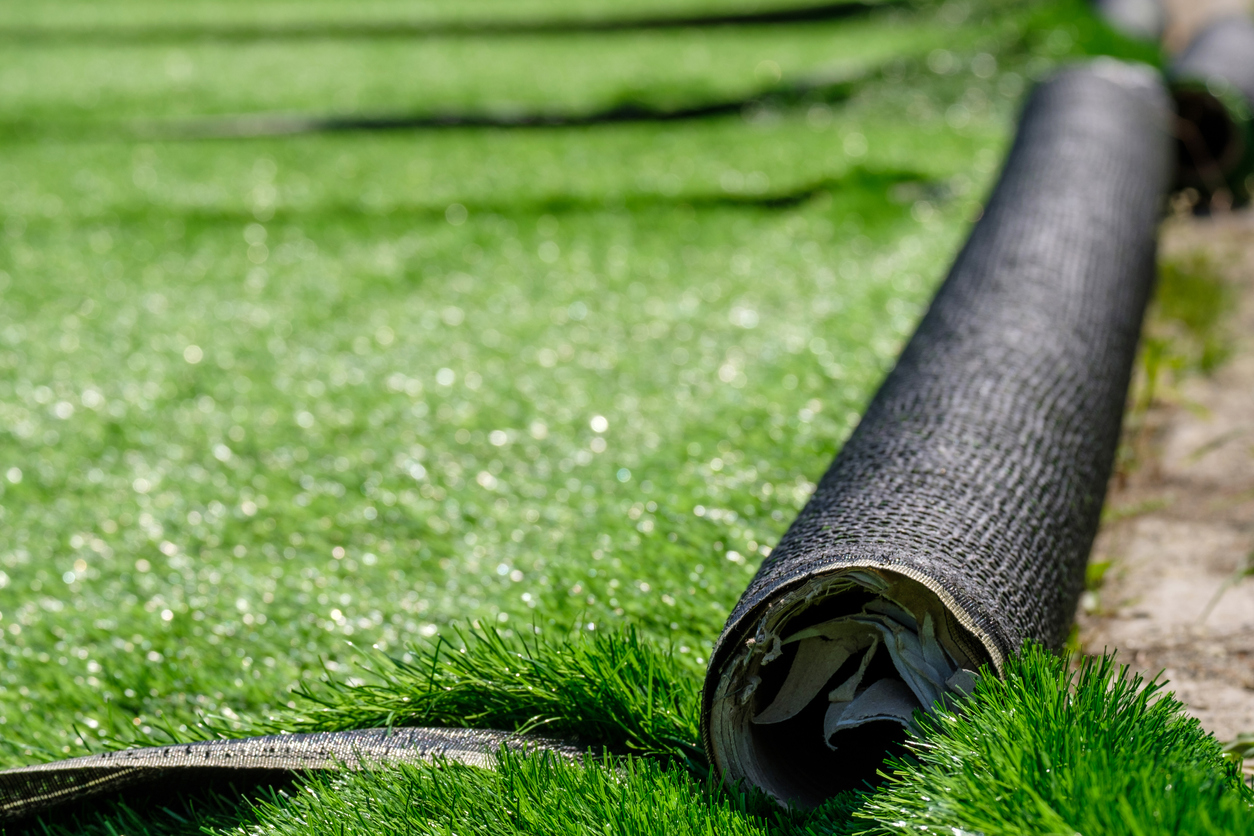
In California, where synthetic turf was once embraced as a drought-resistant alternative to natural grass, Governor Gavin Newsom signed a law allowing local governments to ban synthetic grass in residential areas due to emerging health concerns. Synthetic turf contains microplastics as well as PFAs (per- and polyfluoroalkyl substances), both of which can harm the environment. Xeriscaping, which involves using drought-resistant plant varieties, makes an attractive low-maintenance alternative to synthetic turf.
RELATED: What Is No-Mow Grass? (Hint: It’s Not Artificial Turf)
4. Incandescent Light Bulbs
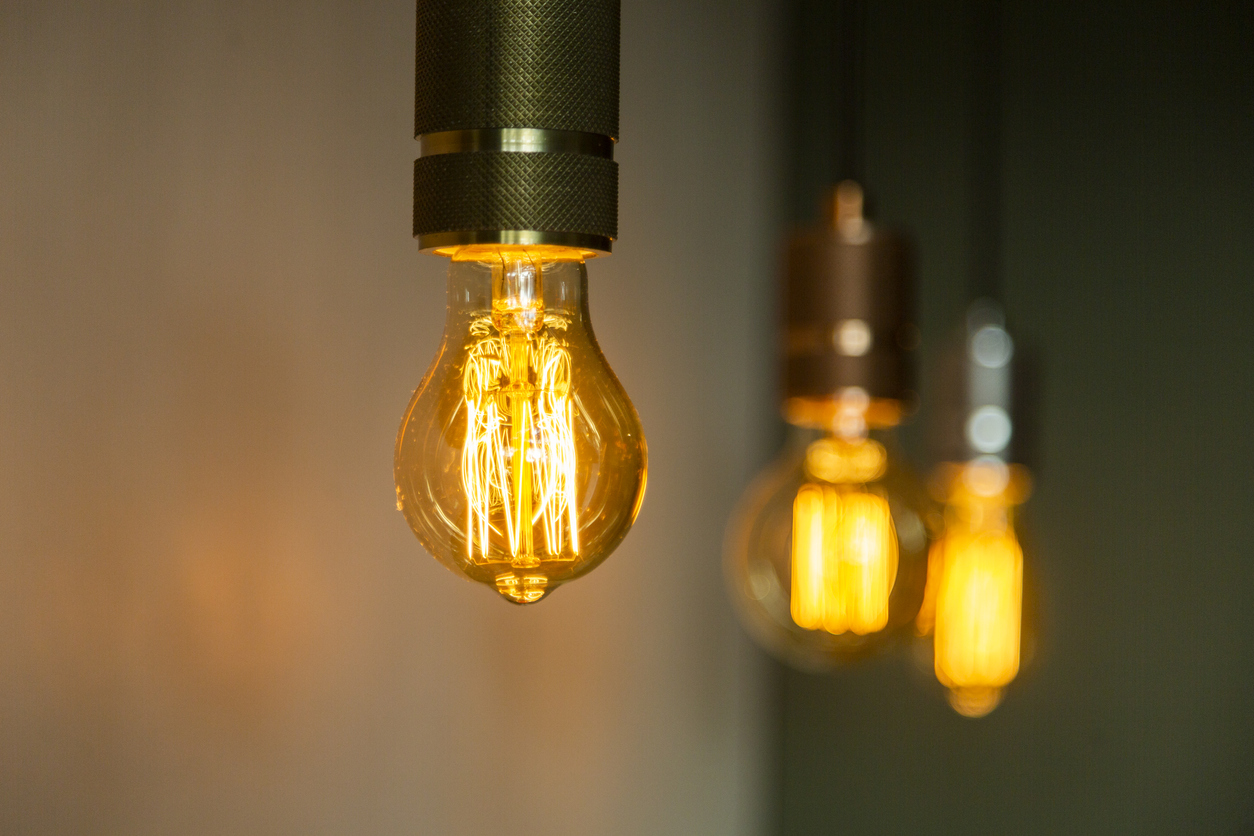
In August 2023, new regulations from the Biden administration effectively brought the sale of incandescent light bulbs to an end in the U.S. The new rules mandate that all household light bulbs must achieve a minimum efficiency of 45 lumens per watt. Given that incandescent bulbs only produce roughly a third of this required efficiency, they are now essentially outlawed in the United States. Switching to LED bulbs is predicted to save households approximately $100 per year on energy bills since these more modern bulbs are so much more energy-efficient.
RELATED: Types of Light Bulbs and Light Bulb Shapes Every Homeowner Should Know
5. Methylene Chloride Paint Strippers

As of November 22, 2019, the Environmental Protection Agency (EPA) made it illegal to make, sell, or distribute paint strippers containing the chemical methylene chloride for home use. This chemical was previously found in many commercial paint removers and posed a number of health risks.
While it’s no longer possible to buy these products in stores or online in the U.S., the EPA also advises consumers to cease using any such products purchased before the ban. There are safer alternatives available that are also effective, allowing DIYers to remove paint without the risks associated with methylene chloride.
RELATED: How to Remove Paint From Everything
6. Wood-Burning Fireplaces
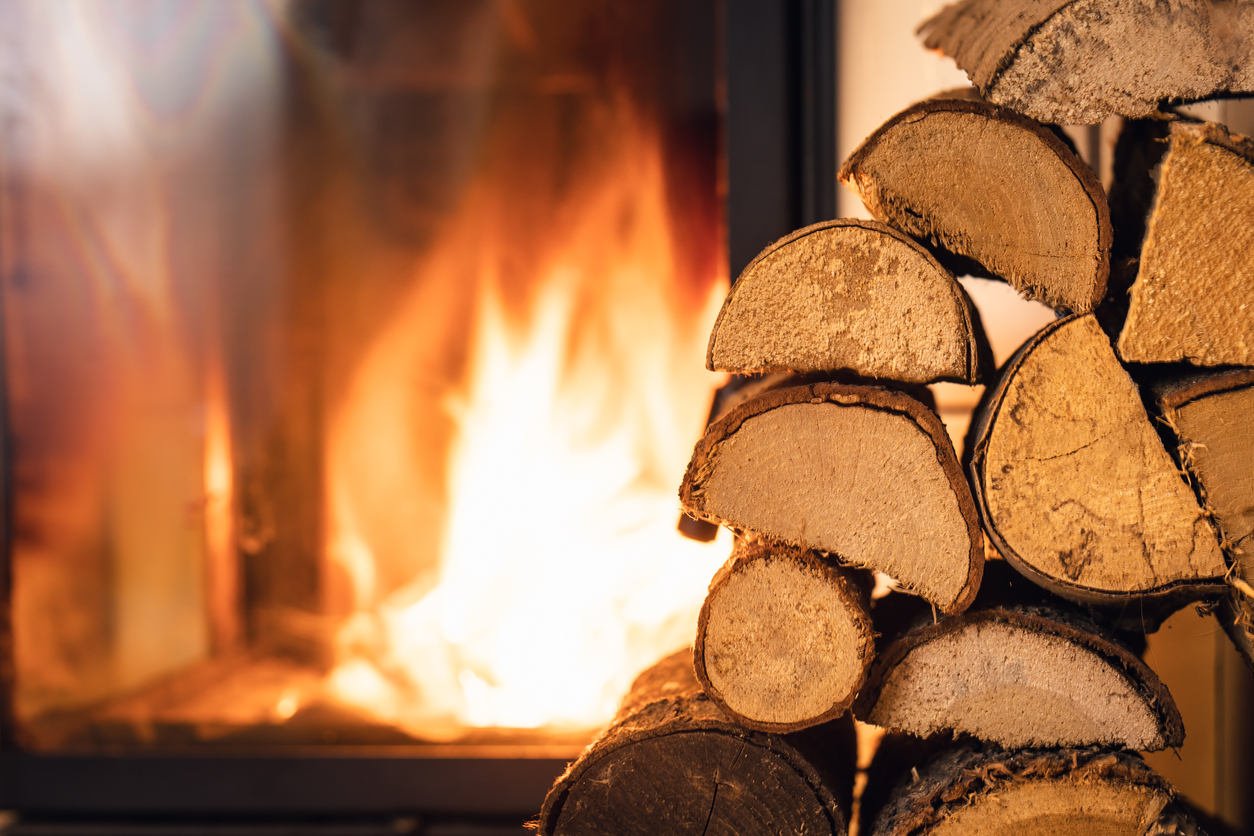
In an effort to reduce air pollution, some urban areas across the country have bans or strict regulations on installing new wood-burning fireplaces and stoves. That’s because these heat sources can negatively impact air quality and cause respiratory health issues. Gas or electric fireplaces and stoves are a cleaner alternative that offers the warmth and ambiance of a traditional fireplace without any of the air quality concerns.
RELATED: Whatever You Do, Don’t Burn These 15 Things in Your Fireplace
7. Single-Use Plastic Bags
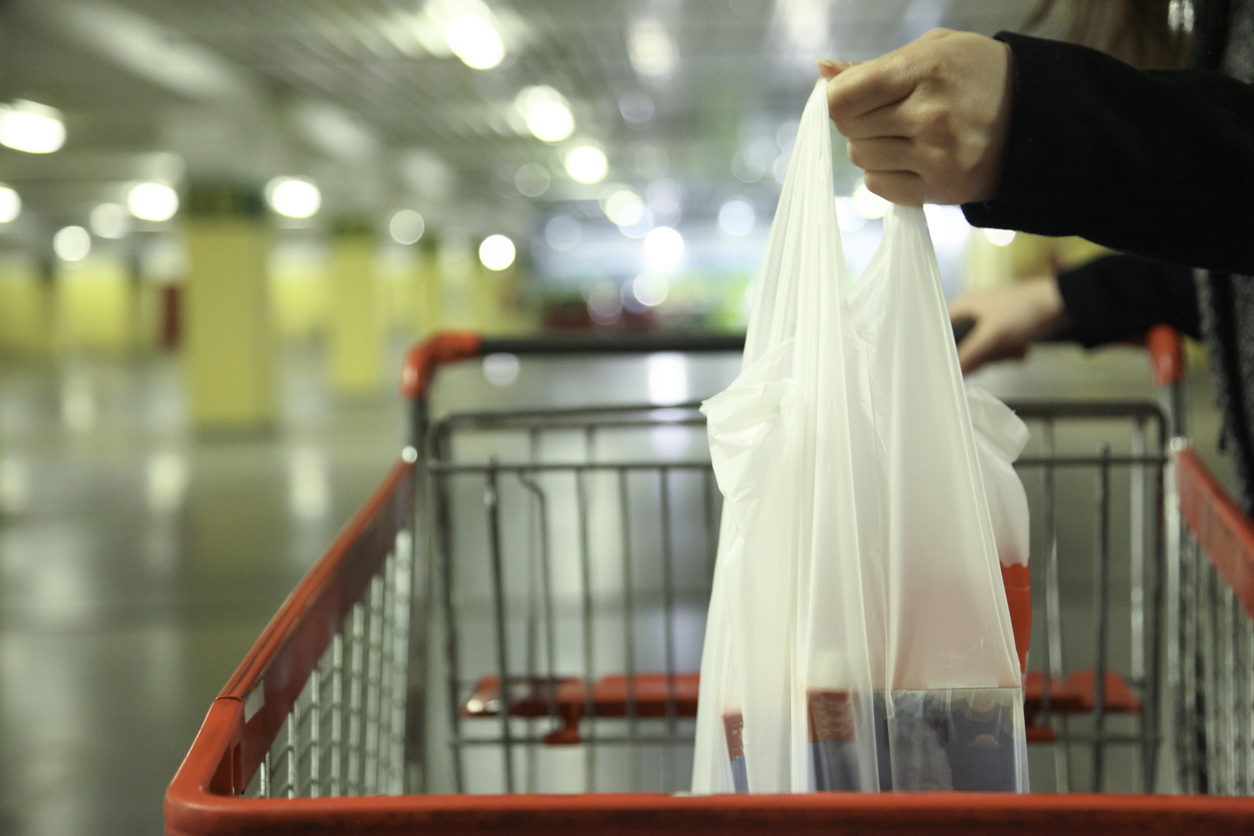
Today, plastic grocery bags have been banned in many parts of the country in an effort to reduce our reliance on single-use plastics. Plastics end up in oceans and landfills and take many years to decompose, putting a strain on the environment. Luckily, there are plenty of alternatives on the market today, from insulated grocery bags to sturdy fabric totes.
RELATED: Solved! What Is Trisodium Phosphate, and Is it Safe to Use?
8. Neonicotinoid Pesticides
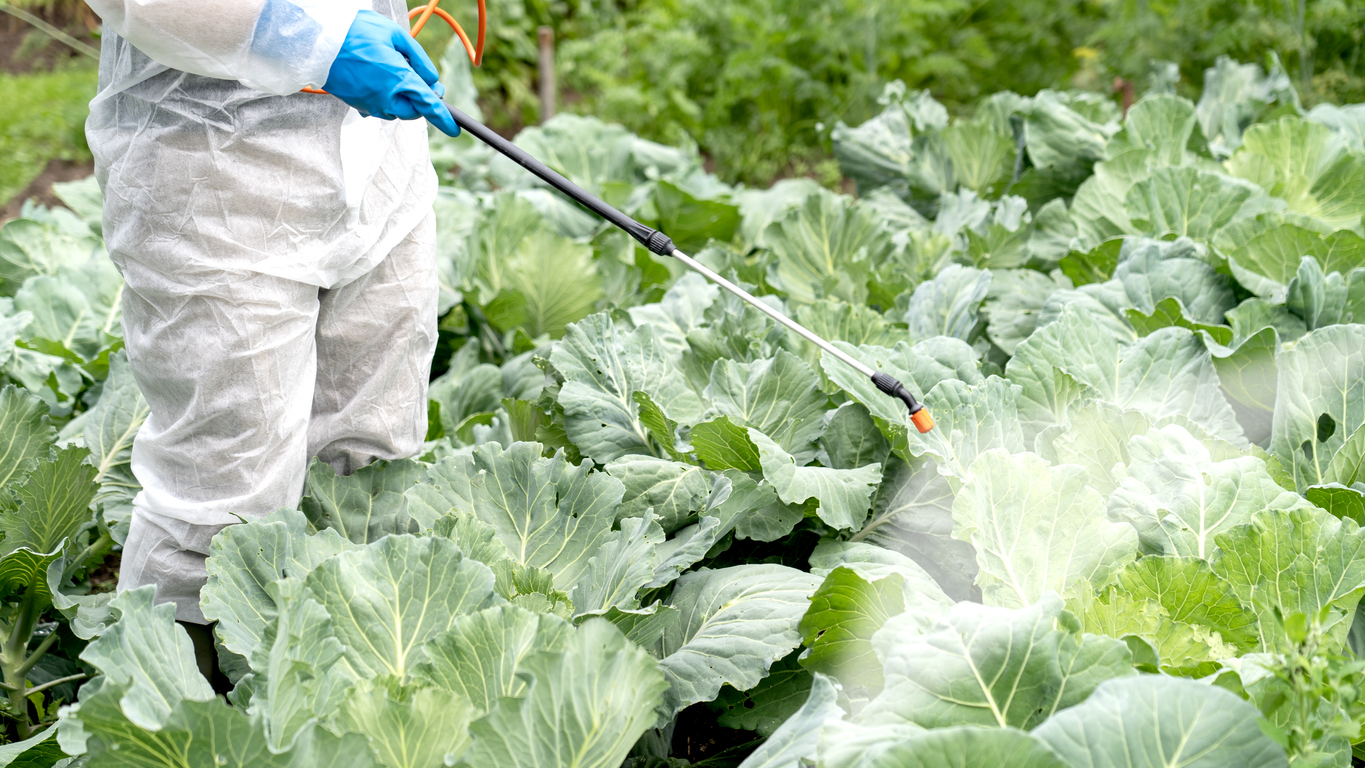
Neonicotinoid pesticides are commonly used to grow produce, but pose a significant threat to bees and may also impact human health—particularly the health of children. When tested, more than 15 percent of U.S. fruits and vegetables had detectable neonic residue, and evidence of the chemicals were found in the urine of half of the U.S. children tested.
These pesticides are banned in the EU, and several American states are following suit. There are other categories of pesticides on the market that are less harmful, like pyrethroids, but the best and most eco-friendly option is to skip chemical pesticides altogether in favor of organic gardening.
RELATED: 15 DIY Solutions for a Pest-Free Home
9. Non-Low-Flow Toilets

Water conservation is increasingly becoming a priority for many regions, so it’s becoming more and more common for municipalities to ban or restrict the use of non-low-flow appliances like toilets and showerheads. Technically speaking, all toilets sold in the U.S. since 1994 have been “low-flow,” using a maximum of 1.6 gallons of water per flush. Some areas, however, are making these regulations even stricter, mandating that toilets use only 1.28 gallons of water per flush.
RELATED: 5 Things to Know About Low-Flow Faucets and Fixtures
10. Chemical Lawn Fertilizers
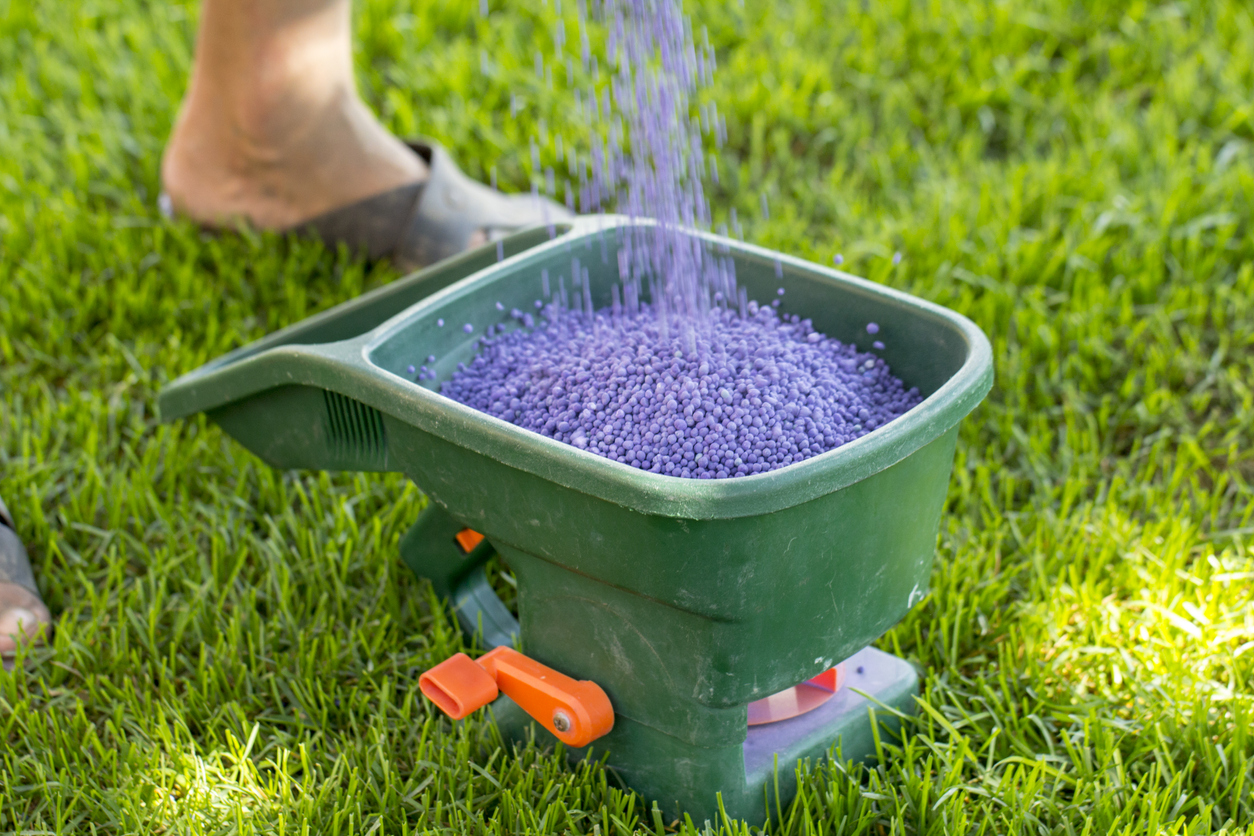
Some areas have banned or limited the use of certain chemical lawn and garden fertilizers in order to protect water quality and soil health. Many chemical fertilizers contain phosphorous, which is essential for plant growth but can have a negative effect on the environment and harm aquatic life.
Because of this, at least 11 states—Illinois, Maine, Maryland, Michigan, Minnesota, New Jersey, New York, Vermont, Virginia, Washington, and Wisconsin—have banned or restricted phosphorus fertilizer use or sale. There are exceptions for specific purposes like curing phosphorus deficiency and establishing or repairing turf. Luckily, there are many organic fertilizers on the market that offer a great alternative.
11. Ornamental Grasses
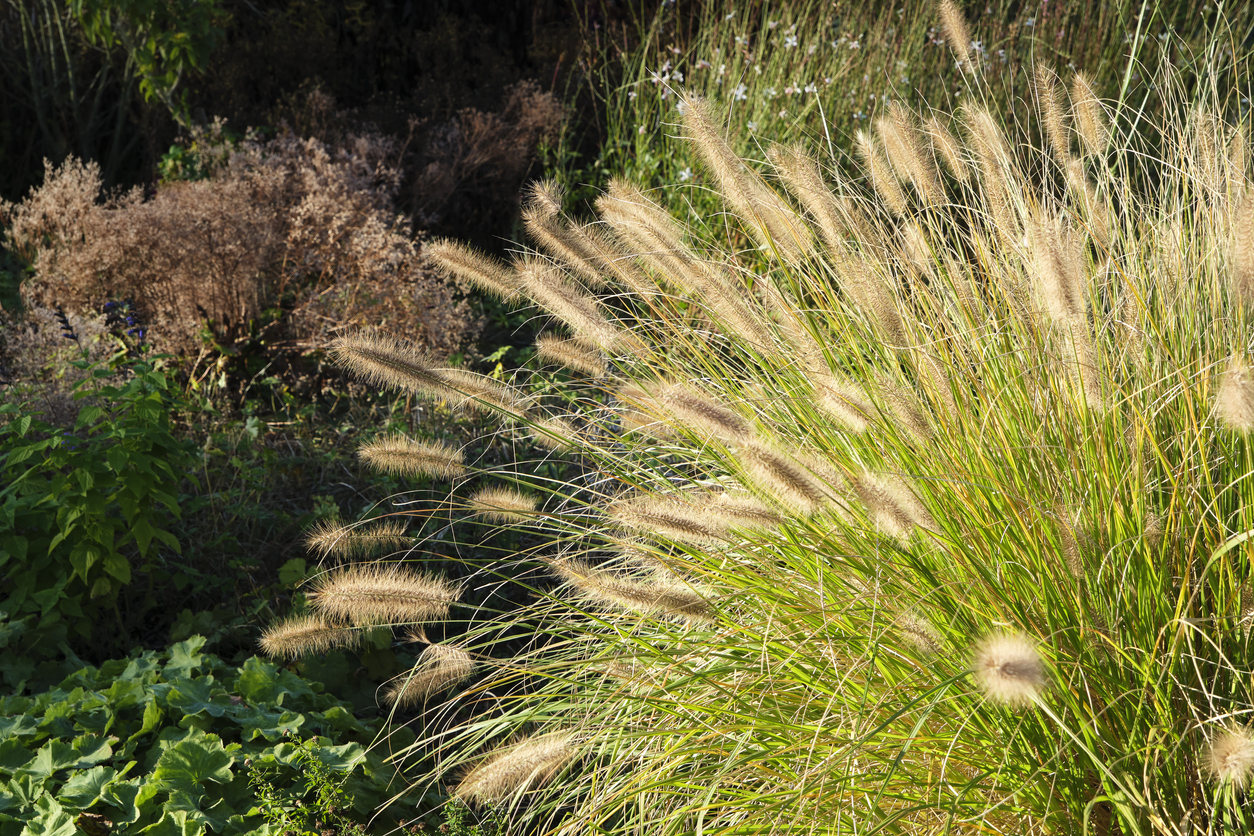
Some U.S. cities, particularly in areas where water conservation is a priority, have implemented bans on ornamental grasses in certain contexts. In 2021 Nevada became the first U.S. state to enact a permanent ban on certain types of grass. The goal was to conserve water because of a drought affecting the Colorado River, which acts as their primary water source.
The new law, which will become effective in 2027, targets “non-functional turf” in public areas like office parks and street medians in the Las Vegas area. While this particular ban doesn’t impact residential lawns, it’s still a good idea to begin considering more drought-resistant alternatives to traditional turf lawns.
RELATED: Burning Leaves in Your Yard: Why It’s a Bad Idea
12. Products with Ozone Depleting Substances

In an effort to protect the ozone layer, the EPA implemented a ban on the sale of nonessential products containing chlorofluorocarbons (CFCs) and hydrochlorofluorocarbons (HCFCs), which are classified as Class I and Class II Ozone Depleting Substances (ODS), respectively. This ban covers a range of products, including aerosols, pressurized dispensers, and foam products, and extends to certain types of air-conditioning and refrigeration equipment that use these substances.
